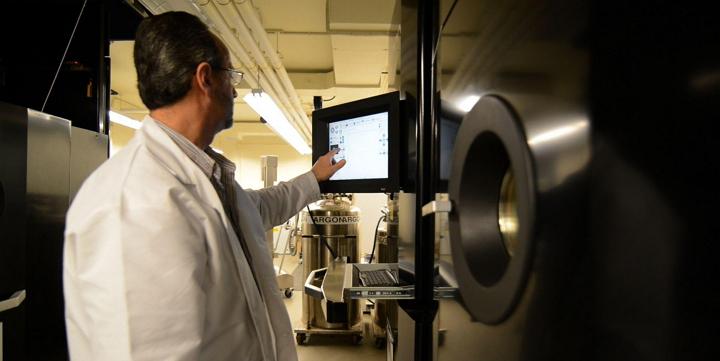
But that process has undergone a radical change as Pratt & Whitney prepares to deliver the first PurePower PW1500G engines to Bombardier. This latest engine will feature what are called “entry-into-service jet engine parts,” and they’re produced using additive manufacturing techniques and space-age metals.
The project means dozens of parts produced using 3D manufacturing processes made from titanium and nickel have been flight-tested for use in Airbus and Bombardier aircraft entering passenger service in the second half of 2015.
The list of parts includes brackets, oil nozzles, fuel-bypass manifolds, mounts, fittings, and airfoils, and it’s the ability of additive manufacturing techniques to make parts of nearly any shape or geometry that makes it possible.
Tom Prete, Pratt & Whitney’s Engineering vice president, says his company’s work with additive manufacturing since the 1980s has made this milestone a reality.
“We are a vertically integrated additive manufacturing producer with our own metal powder source and the printers necessary to create parts using this innovative technology,” Prete says. “As a technology leader, we are intrigued by the potential of additive manufacturing to support our suite of technologies and benefits to customers and the global aerospace industry.”
Lynn Gambill, the chief engineer for Manufacturing Engineering and Global Services at Pratt & Whitney, says that during production tests, the company has realized up to a 15 month lead-time savings and up to 50 percent weight reduction in a single part when compared to parts made with conventional manufacturing processes.
The PurePower engine production process includes components made with Metal Injection Molding, Electron Beam Melt, and Laser Powder Bed Fusion, which includes Direct Metal Laser Sintering techniques.
Much of the development work goes on at the Pratt & Whitney and the University of Connecticut Additive Manufacturing Innovation Center. Pratt & Whitney is a United Technologies company.
Do you know of any other uses of 3D printing in aerospace applications? Let us know in the Pratt & Whitney Jet Engines forum thread on 3DPB.com.